When a Camera Acts as a Substitute for Eyes
In ‘MISHO’, Japanese artist Emi Anrakuji compiles emotions, observed from a perspective marked by resilience.
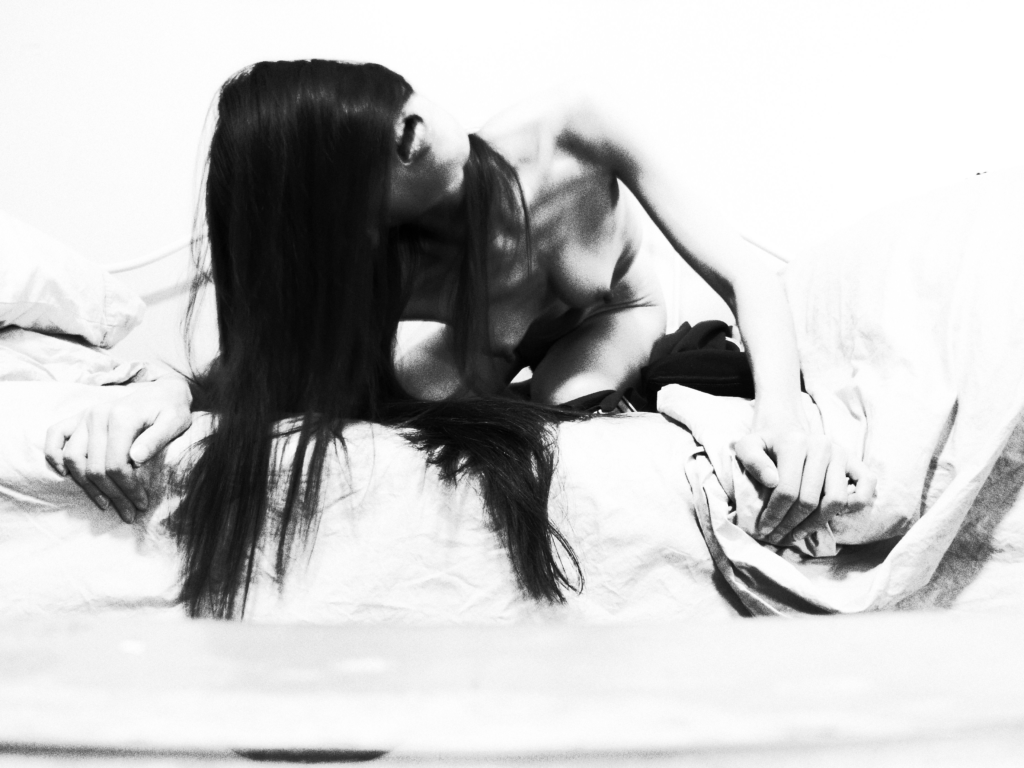
©︎ Emi Anrakuji
Between artistic staging and personal documentary, Emi Anrakuji’s work testifies to a relationship with the body, and a restricted life and environment, combined with a certain resilience.
Born in Tokyo in 1963, the artist studied painting at Musashino Art University, before being diagnosed with a brain tumour that had severe consequences. ‘I lost most of the vision in one eye, and I was born with amblyopia in the other eye’, Emi Anrakuji explains in an interview with Pen.
This illness forced her to give up painting. Over the course of her convalescence, which lasted a decade, she discovered that a camera could replace her eyes, so she trained in photography from her hospital bed. ‘One day, at twilight when the world was blue-grey, I was gazing at a corner of the ceiling that I could only see vaguely, and suddenly I found the world of life that contains death, or the world of death that contains life. I realised that life and death are not opposites, but exist simultaneously, on the same time axis. Even in the shadows at the bottom of a glass on table, or in the lace of an old pillowcase.’
‘Live fully’
The title MISHO—実生 in Japanese—refers to the germination of a seed. The book, published in 2017 by Shinto, with the involvement of editor Paulo Nozolino, is a new version of a series entitled 1800 millimetres, which refers to the size of her bed. The photographs compiled in this work were taken between 2013 and 2015 in Tokyo, Paris, and New York. It was after developing the films she had accumulated that the artist realised that her environment was ‘a world that was neither microscopic nor macroscopic, and nor did it transcend any particular time, place, or era.’ Emi Anrakuji explains how, from her bed, ‘in the space between life and death, I photographed handmade objects, drawings, and clumps of dust.’
The series of black-and-white photographs was screen printed with a photoluminescent ink that makes it possible to see the images and text in darkness after intense exposure to light. Here, the artist captures her environment, particularly made up of fabric—e.g. her bed—and also her own body, naked, in underwear. However, in this enclosed space, this finite horizon in which she is face to face with herself, the feeling exuded by the photographs goes beyond the artist’s relationship with her own body, the self-portrait, and appears closer to existential introspection. ‘I believe that most of our life is made up of negative feelings—frustration, sadness, pain, loneliness. And although we also experience glorious moments, bliss is only a modest pleasure—looking up at a celestial sky, the beauty of light and shadow cast by the sun or moonlight, the scent of flowers as it’s carried by the wind. Like the collective consciousness inherent in these things, my work is not just about me—it is also about you’, Emi Anrakuji continues.
The series is accompanied by the following lines:
Live fruitfully
Here I stand
Trusting that every phenomenon is the first step to create this book
Everything begins here
‘I continue to create works while remembering that insufficiency is enough. That is my way of life’, the artist concludes.
MISHO (2017), a series of photographs by Emi Anrakuji, is edited by Paulo Nozolino and published by SHINTO.
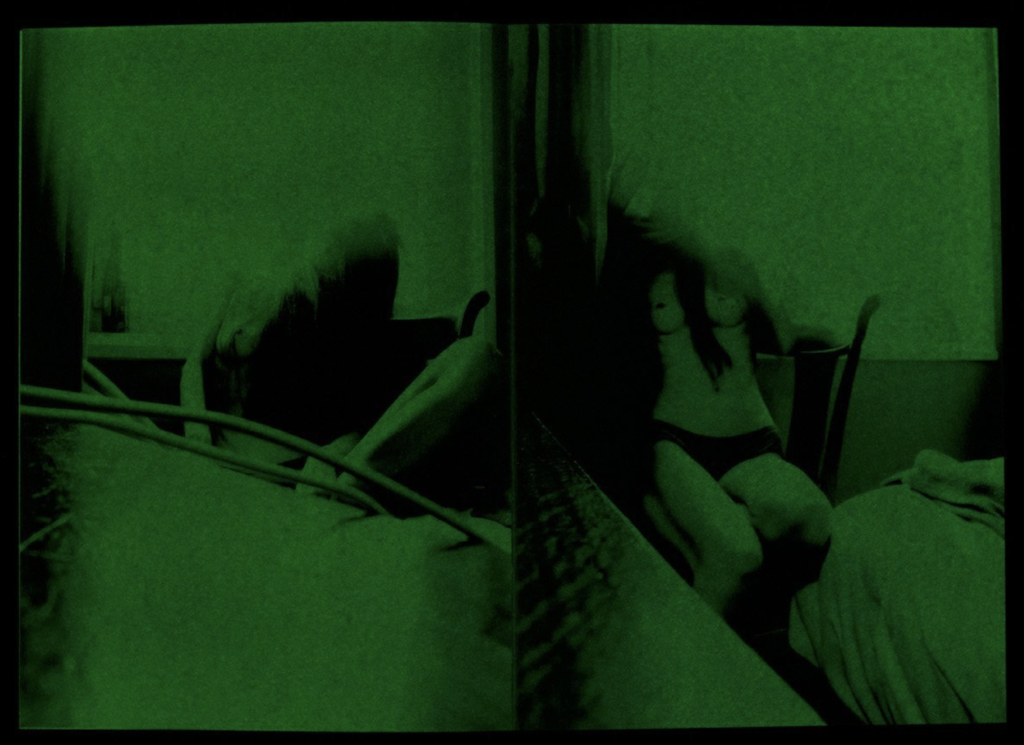
©︎ Emi Anrakuji
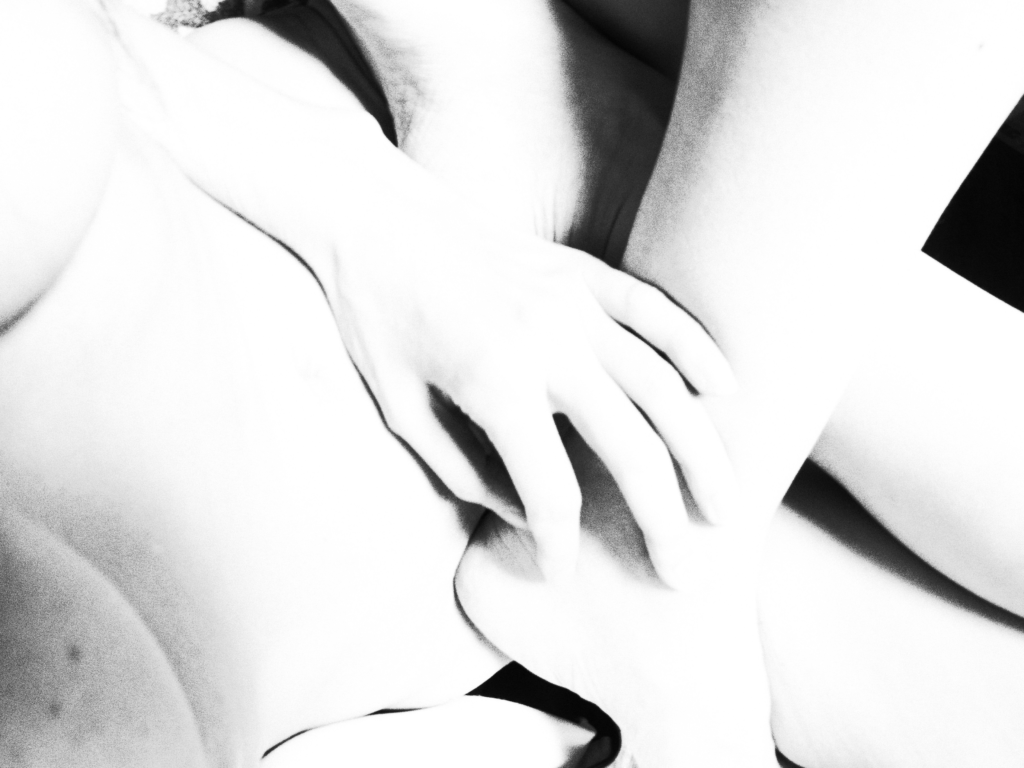
©︎ Emi Anrakuji
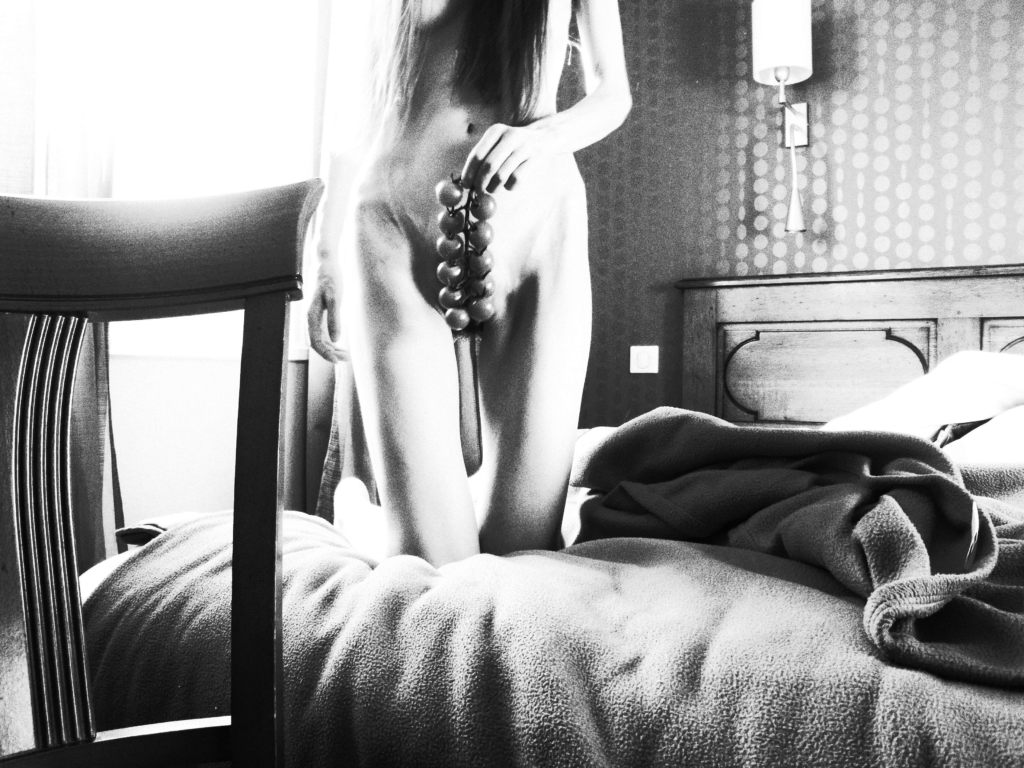
©︎ Emi Anrakuji

©︎ Emi Anrakuji
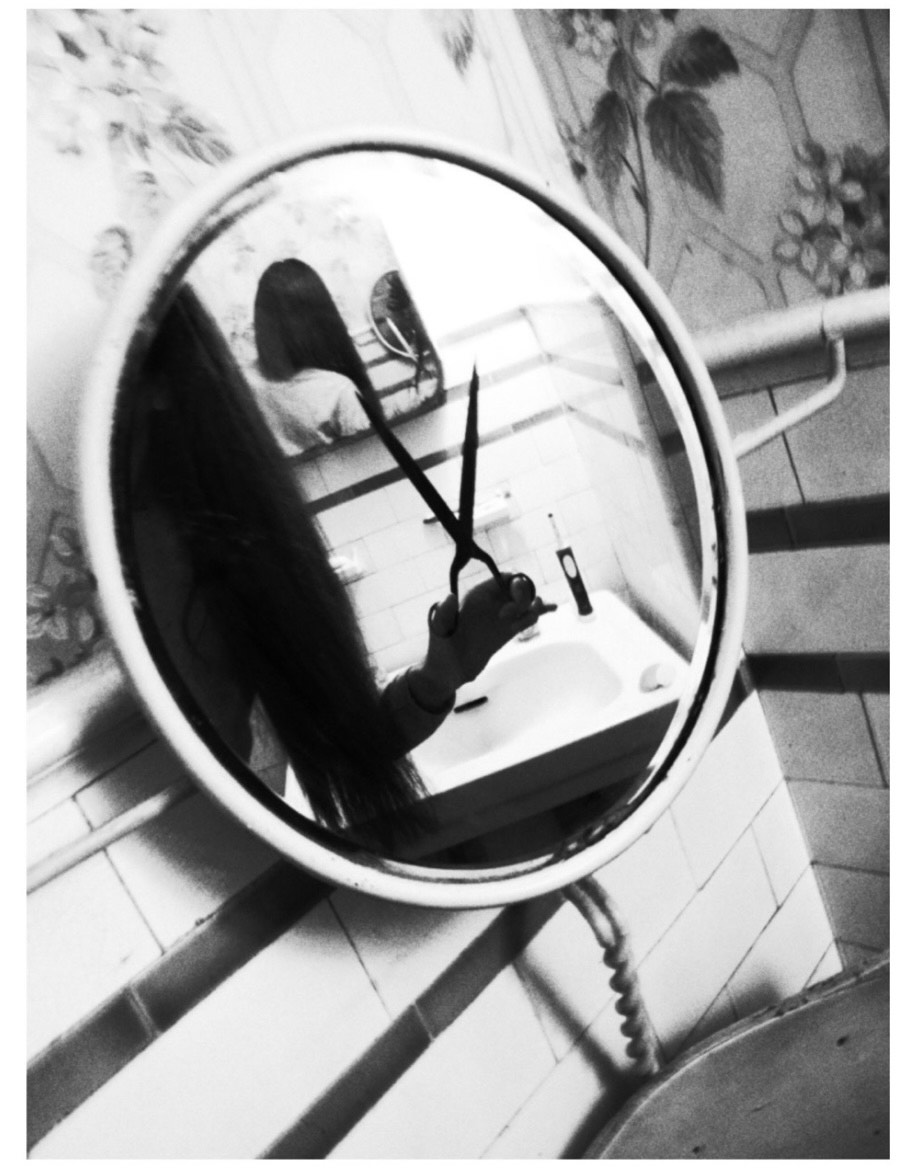
©︎ Emi Anrakuji
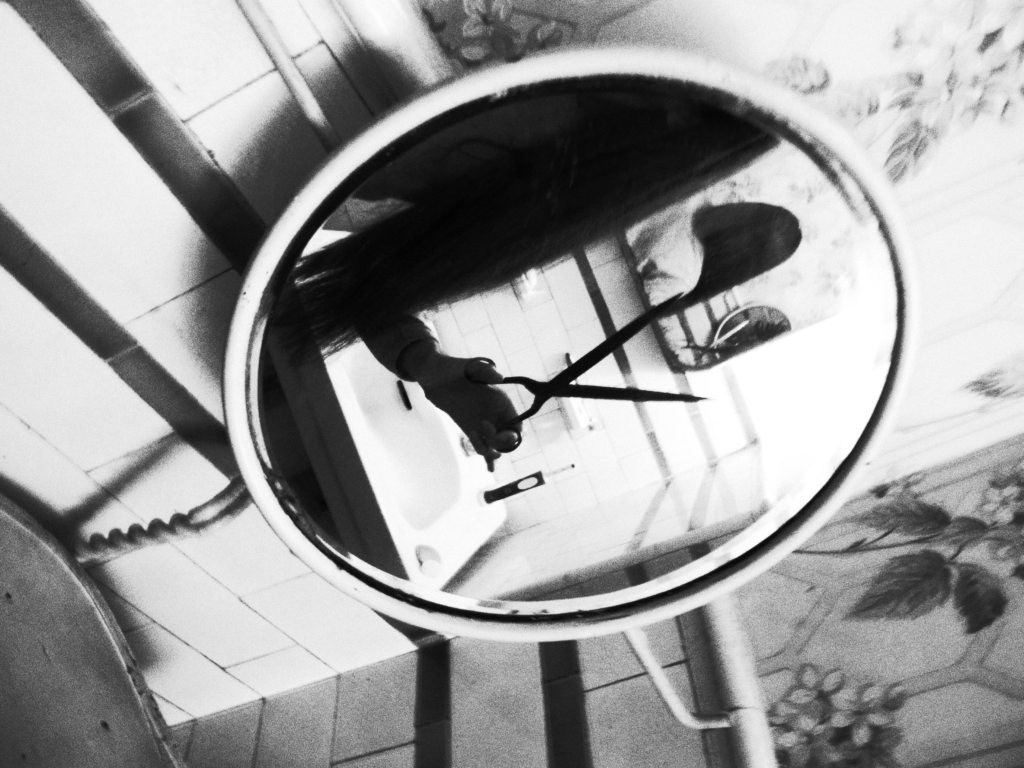
©︎ Emi Anrakuji
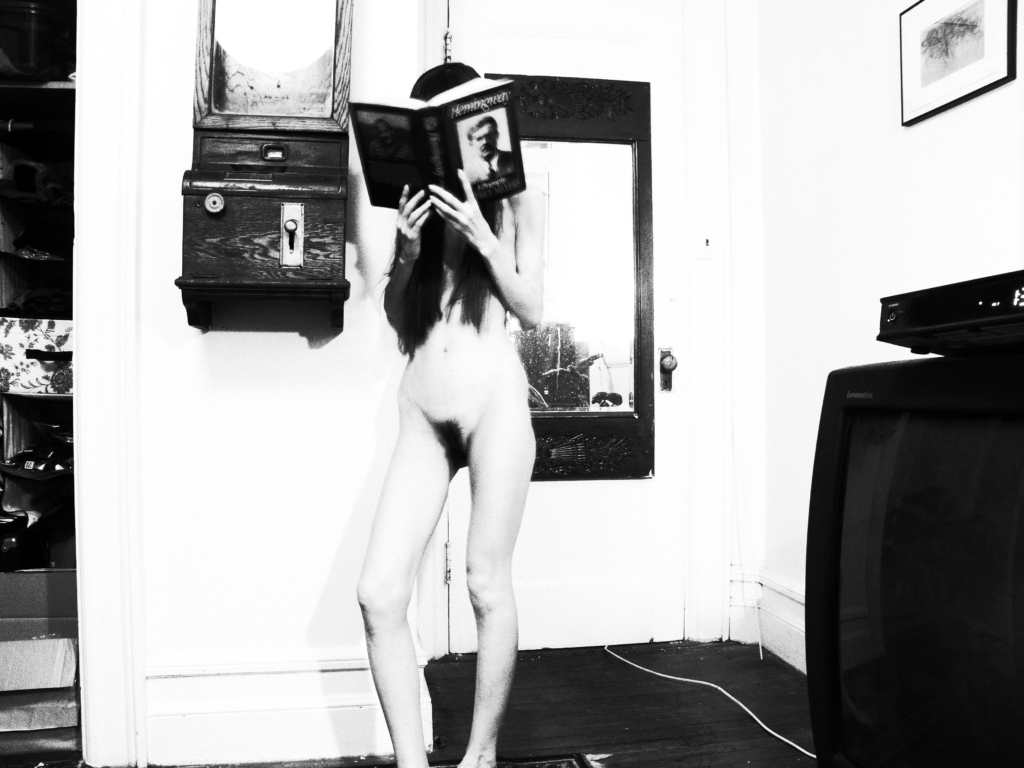
©︎ Emi Anrakuji
TRENDING
-
Ishiuchi Miyako, A Singular Perspective on Women
Recipient of the 2024 Women in Motion Award, the photographer creates intimate portraits of women through the objects they left behind.

-
Recipe for Ichiraku Ramen from ‘Naruto’ by Danielle Baghernejad
Taken from the popular manga with the character of the same name who loves ramen, this dish is named after the hero's favourite restaurant.

-
Namio Harukawa, Master of Japanese SM Art
'Garden of Domina' offers a dive into the world of an icon of ‘oshiri’, whose work has now reached a global audience.

-
The Tattoos that Marked the Criminals of the Edo Period
Traditional tattoos were strong signifiers; murderers had head tattoos, while theft might result in an arm tattoo.

-
The Emperor of Japanese Porn is Now the Star of a Netflix Series
Deliciously funny, The Naked Director especially succeeds in reviving the atmosphere that was so characteristic of 1980s Japan.





